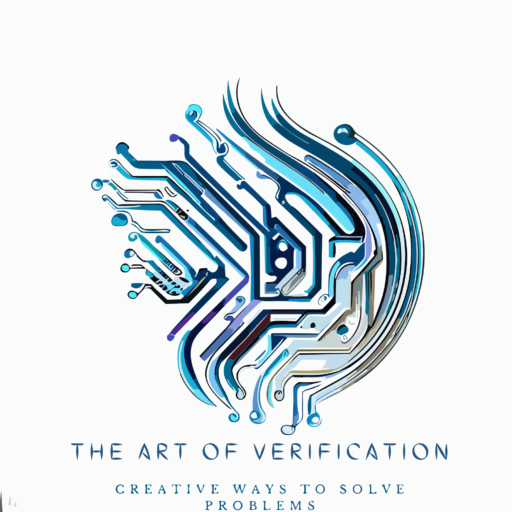Semaphore in SystemVerilog:
A semaphore allows you to control access to a resource. Conceptually, a semaphore is a bucket. When a semaphore is allocated, a bucket that contains a fixed number of keys is created. Processes using semaphores must first procure a key from the bucket before they can continue to execute. If a specific process requires a…
